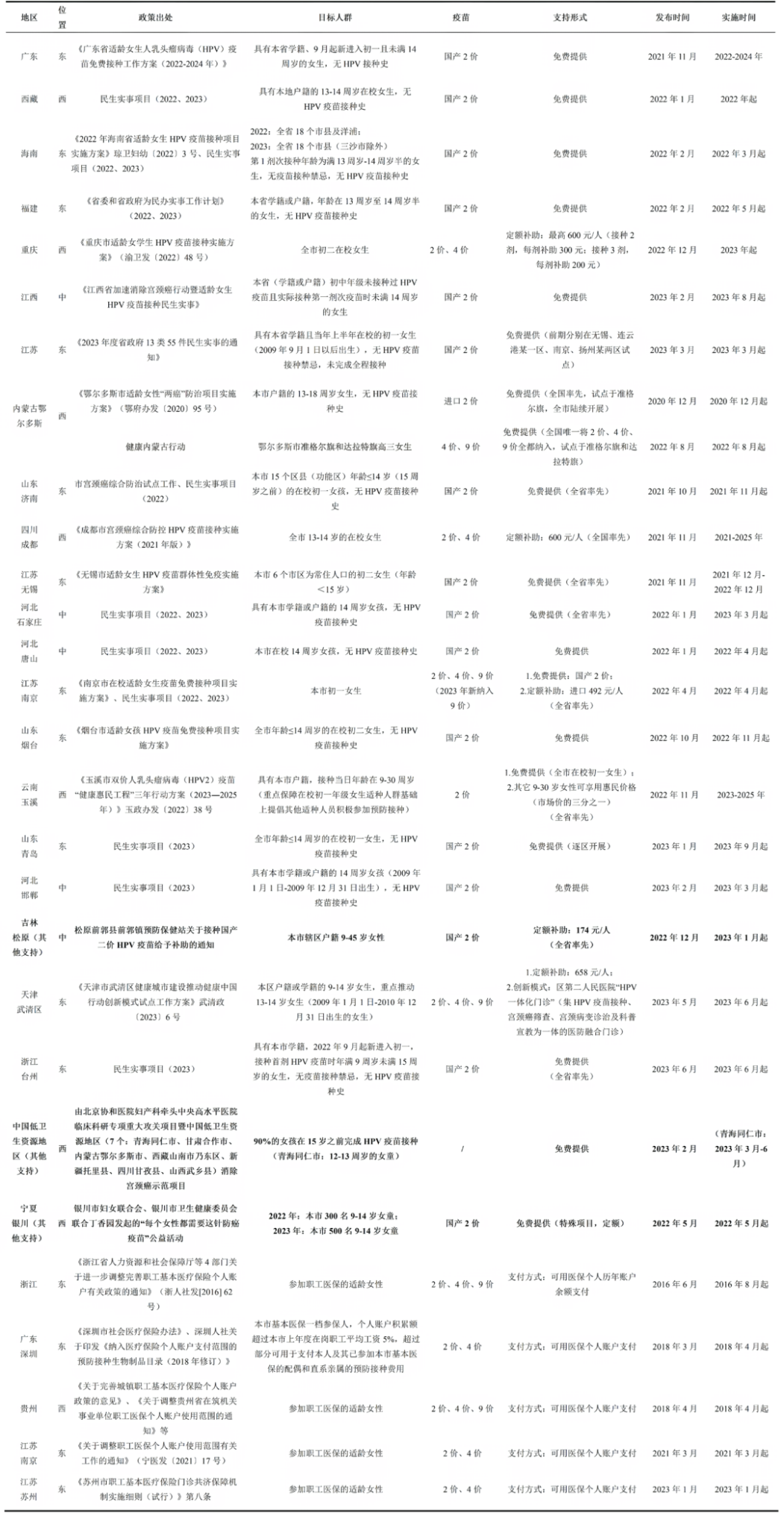The research was conducted by Xiaohua Ying and team from Fudan University and published in Infectious Diseases of Poverty. This study investigates the vaccination rates and primary obstacles associated with four non-National Immunization Program (NIP) vaccines in China which reveals disparate coverage rates, with the Hib vaccine leading at 54.9-55.9%. The research underscores the urgency of improving the coverage for these vaccines, reducing regional disparities, and suggests a cautious, gradual approach to their inclusion in the national immunization plan, with special attention to high-risk populations and underdeveloped regions.
Association between influenza vaccination during pregnancy from 2012 to 2022 and demographic characteristics and preterm birth outcomes in Shanghai
This study, jointly conducted by Prof. Hong Jiang’s team from Fudan University and the Shanghai Municipal Center for Disease Control and Prevention, was published in the Journal of Clinical Pediatrics. Using data from the Shanghai Birth Medical Information System (2012–2022), the researchers analyzed trends and determinants of influenza vaccination among pregnant women and its association with preterm birth.The Study found that multiple sociodemographic factors are significantly associated with influenza vaccination behavior among pregnant women in Shanghai between 2012 and 2022, and influenza vaccination during pregnancy may be related to a reduced risk of preterm birth. It is recommended to further strengthen public education and service support, continuously promote vaccination efforts, and effectively safeguard maternal and infant health.





